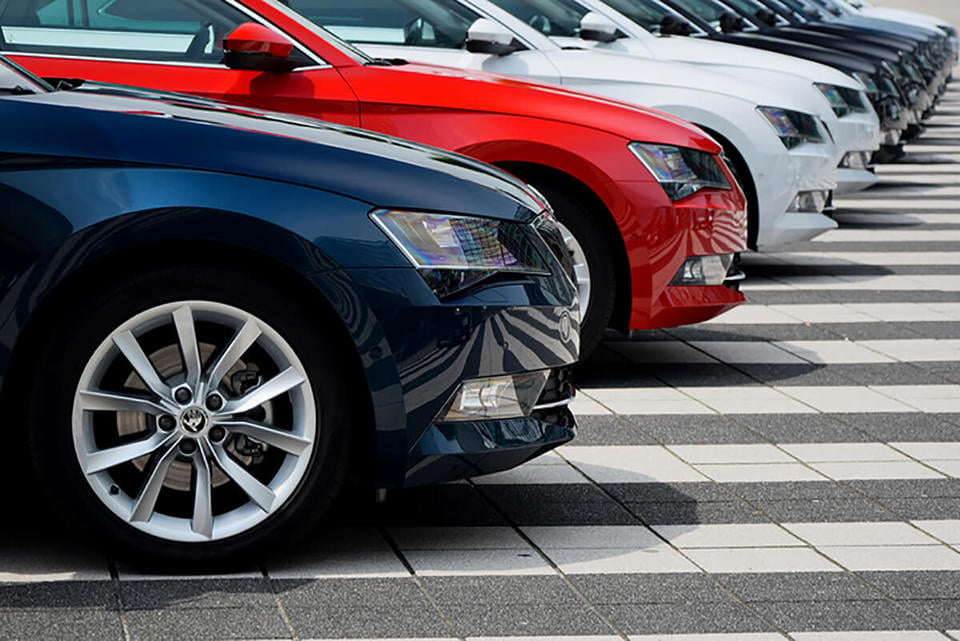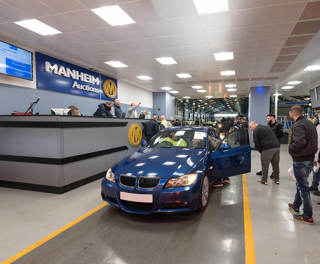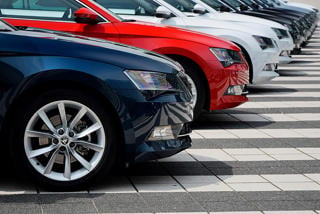The average mileage of electric company cars is virtually the same as the distrance travelled by internal combustion engine (ICE) equivalents, according to new data from Epyx.
For vehicles registered between October 2018 and October 2020, electric vehicles (EVs) covered, on average, 17,774 miles, while petrol and diesel company cars travelled 17,222 miles.
The data is taken from the company’s 1link Service Network platform, which is used to manage service, maintenance and repair (SMR) for more than four million company vehicles.
Charlie Brooks, growth director at Epyx, said: “Because of the perceived compromises in range and recharging inherent in EVs, there has long been a widespread assumption among fleets that they attract lower mileage users. Our figures mean that myth is busted.
“In statistical terms, there is no notable difference between the distances being covered by the two fuel types, which suggests that they are following very similar usage patterns by their drivers in terms of business and private mileage.
“Of course, the pandemic has affected the number of miles being covered by all company car users and this would have some impact on the information we have compiled but it’s a fair assumption that the effect would be the same across EV and ICE.”
Epyx’s data also showed that there was a limited difference between when the two different car types reached their first service – with EVs at an average of 11,588 miles and ICE at 10,416.
Brooks continued: “We recently issued figures showing that the expected advantage for EVs in terms of servicing and maintenance was not yet consistently showing in our data and this again does not indicate a clear win for EVs, with a difference of only a thousand miles or so.”
Epyx is planning on making more data of this type available from 1link under the new 1link Insights brand.
“We have a huge amount of data accumulated across all of our 1link platforms,” said Brooks. “This information is potentially extremely useful for fleets and their motor industry partners.”






















Login to comment
Comments
No comments have been made yet.